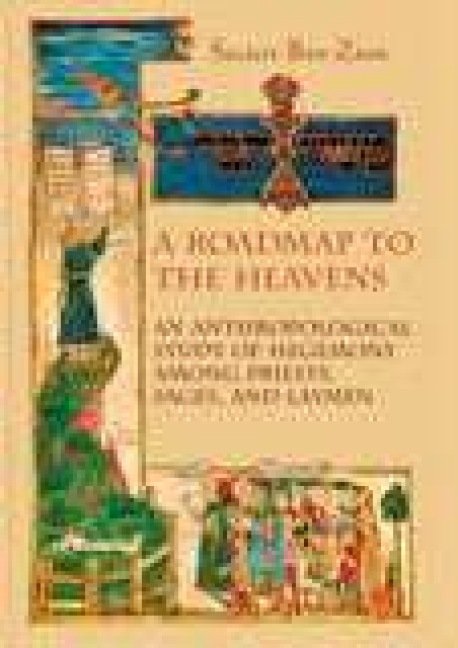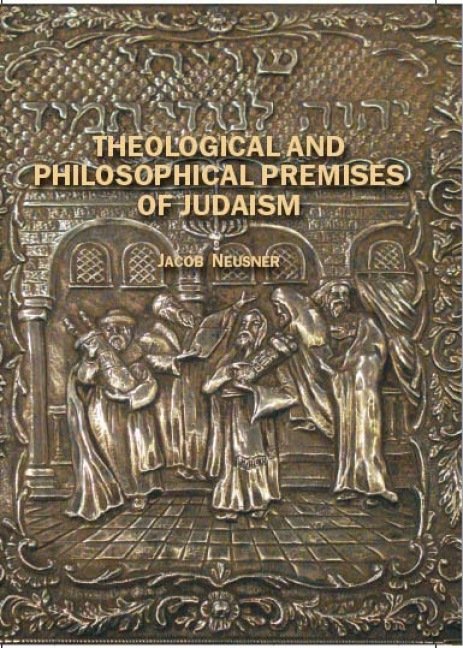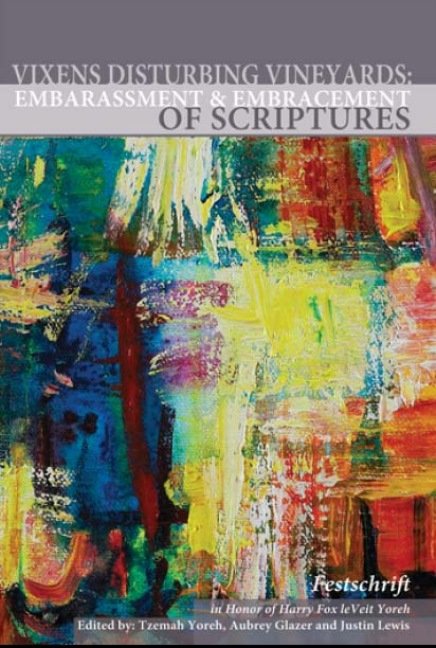A Roadmap to the Heavens
An Anthropological Study of Hegemony among Priests, Sages, and Laymen

A Roadmap to the Heavens challenges readers to rethink prevailing ideas about the social map of Jewish society during the Tannaitic period (70 C.E. – 220 C.E.). New insights were made possible by applying anthropological theories and conceptual tools. In addition, social phenomena were better understood by comparing them to similar social phenomena in other cultures regardless of time and space. The book explores the rich and complex relationships between the Sages, Priests, and laymen who competed for hegemony in social, cultural, and political arenas. The struggle was not simply a case of attempting to displace the priestly elite by a new scholarly elite. Rather, in the process of constituting a counter-hegemony, the attitude of the Sages towards the Priests entailed ambivalent psychological mechanisms, such as attraction – rejection, imitation – denial, and cooperation – confrontation. The book further reveals that to achieve political and social power the Sages used the established hegemonic priestly discourse to undermine the existing social structure. The innovative discovery of this monograph is that while the Sages professed a new social order based on intellectual achievement, they retained elements of the old order, such as family attribution, group nepotism, endogamy, ritual purity and impurity, and secret knowledge. Thus, social mobility based on education was available only to privileged social classes. The conclusion of the book is that even though the Sages resisted the priestly hegemony and attempted to disengage from it, they could not free themselves from the shackles of the priestly discourse and praxis.

Sigalit Ben-Zion (Ph.D. Trondheim University in Norway in Comparative Religion with a specialization in Social Anthropology, 2006) is a research fellow at the University of Bergen IMER (International Migration and Ethnic Relations) and has been actively involved in the analysis of migration, inter-racial adoptees, the constitution collective identities and the problems of minorities in Europe and Israel. Her current research involves a comparative study of Norwegian, Swedish and Israeli hegemonies in relation to minority groups who represent the inner and outer "others" of the cultural hegemony.






